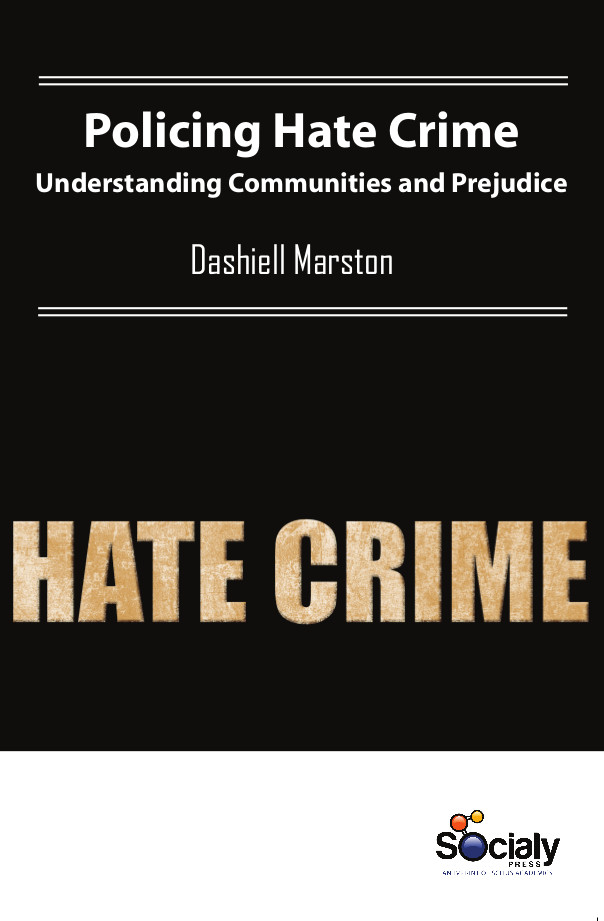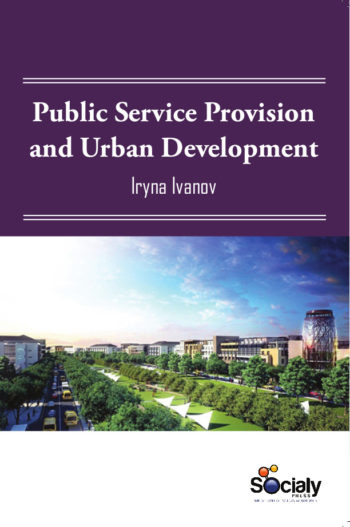The human being has the natural tendency to divide the world into categories, grouping people on the basis of their similarities with respect to certain characteristics. This process has an adaptive function in both cognitive (less effort) and motivational (to develop a good self-image as a result of a comparison with individuals belonging to other groups) aspects. However, categorizing also means to perceive members of an out group as more similar than they really are and to consider members of different groups more different. Hate crime has become a barometer for contemporary police relations with vulnerable and marginalized communities. In both crime and law, hate crime is a usually violent, prejudice motivated crime that occurs when a perpetrator targets a victim because of his or her perceived membership in a certain social group. A hate crime motivated by prejudice toward the “victim’s race, color, ethnicity, religion, or national origin.” Hate crime laws typically require proof of the individual’s motivation for the crime in order to convict the defendant. Violence based on social prejudice has engendered public outrage, and state and local governments have enacted numerous laws and ordinances to deal with these hate-motivated crimes. Stereotypes and prejudices are based on the social categorization process. Prejudice is also closely connected to the way that in-group and out-group members explain each other’s behavior. These explanations, known in psychology as “causal attributions,” are both a symptom and source of prejudice. Their formation and development are strictly related to personal experience and to social learning dynamics. Throughout the past century, research on prejudice has closely reflected the ideological trends, telling us as much about the personal biases of the scientific community as about prejudice itself.
Policing Hate Crime: Understanding Communities and Prejudice interrogates the complexities of prejudice motivated crime and effective policing practices and illuminates ways to overcome communication difficulties. It provides studies on hate crime incidents and hate crime laws and presents various arguments in support of and against hate crime laws and the inclusion of sexual orientation in such laws. This book will be important reading for students and academics in the fields of hate crime, as well as victimology, policing, and crime and community.













